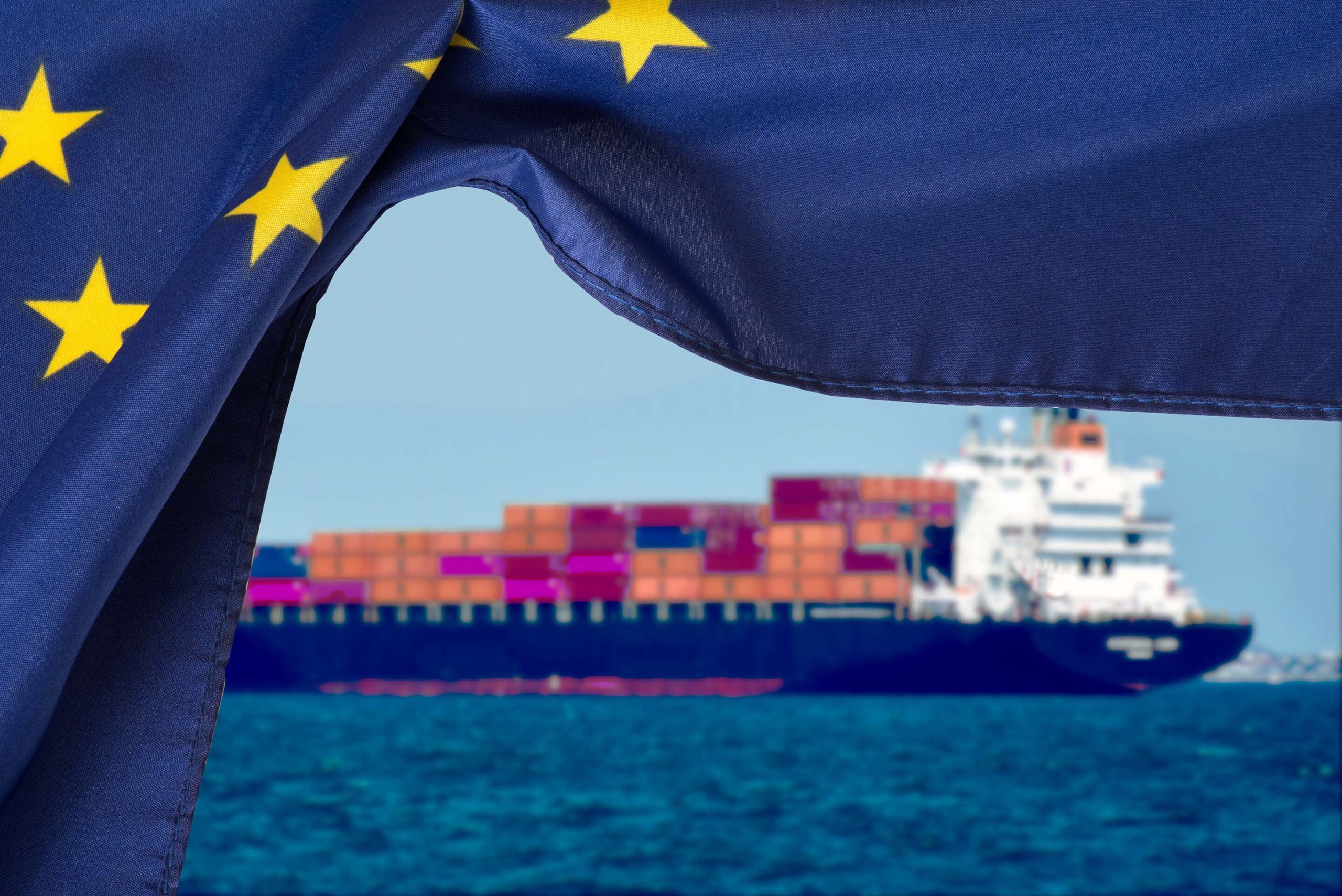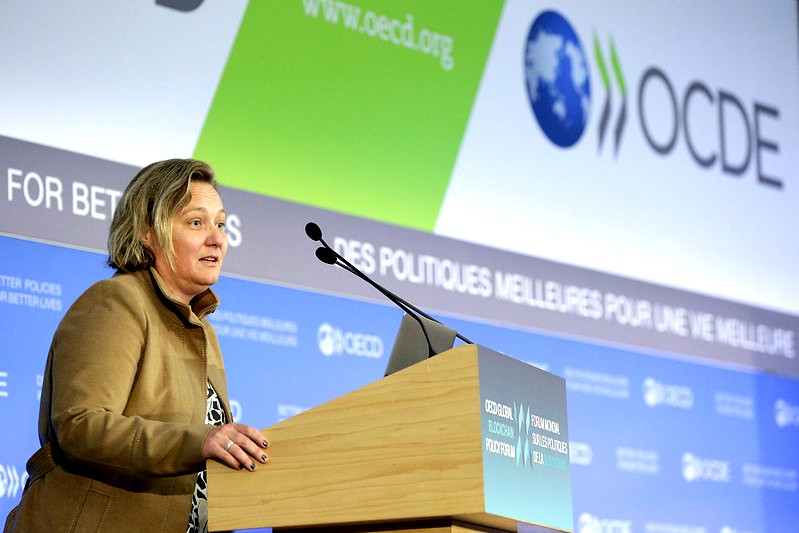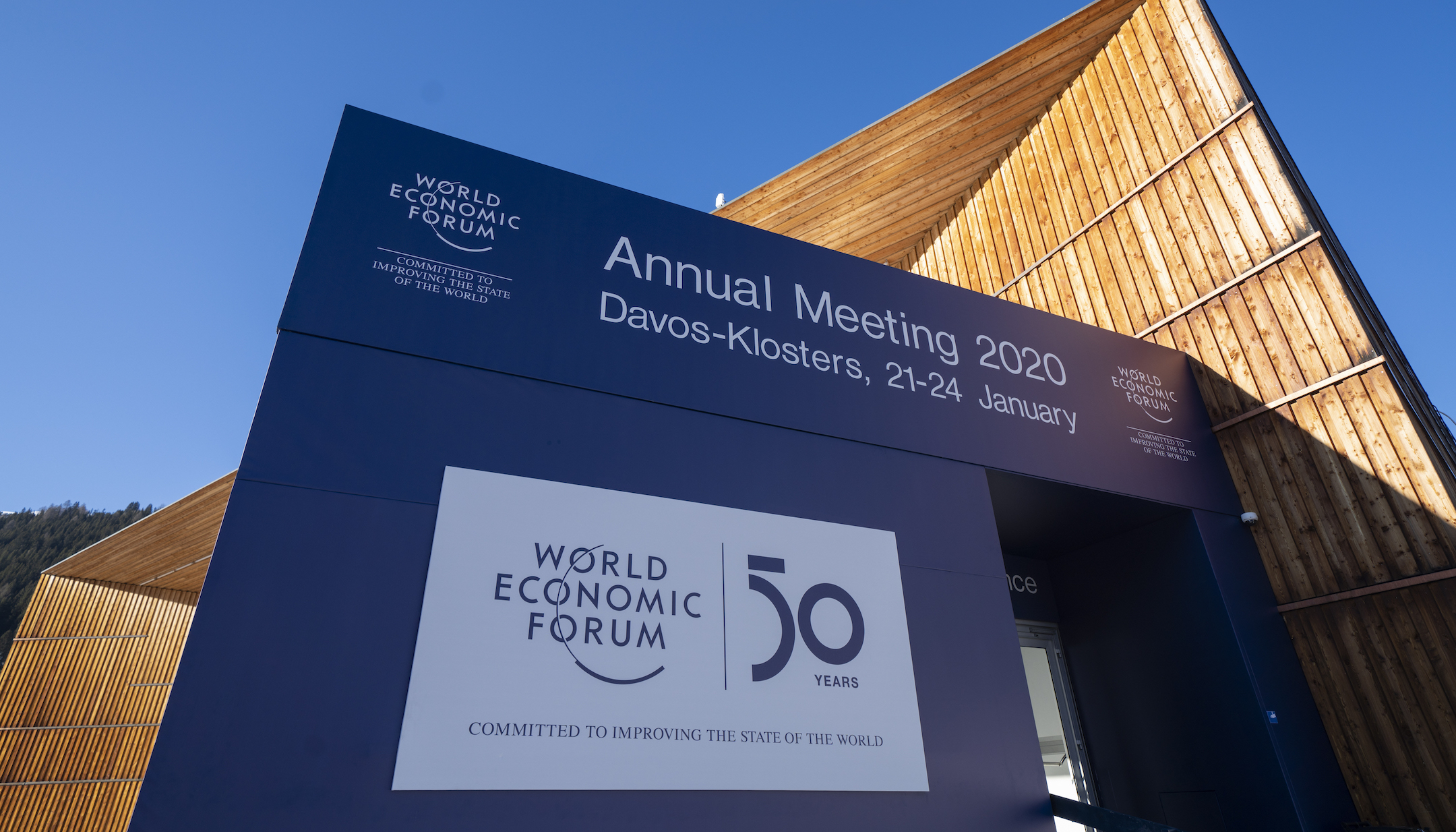Transparency remains a challenge for the diamond industry. It can still be extremely difficult to verify diamond provenance, or in other words, the origin, characteristics, craftsmanship, chain of ownership and sustainability credentials of any given stone. With few ways to verify the claims of sellers, buyers are left to trust – or more likely hope – that their precious purchase was sourced ethically and sustainably (read more on blockchain diamond tracking and provenance blockchain company).
Customers are increasingly unwilling to give the benefit of the doubt. In particular, millennial and independent women buyers, who represent two of the most critical markets – are demanding that stakeholders along the value chain are able to prove rather than claim their diamond provenance.
These same customers are eager to see that these gems are positively benefiting the producers along the value chain – from the miners in Africa to workers in India and boutique designers in the US. The story and the impact of the piece of jewellery is more important than ever to buyers.
The industry is taking action. There are now clear examples of how stakeholders such as retailers, brands, manufacturers, top mining companies, and gemological institutes can bring about positive change when they work in tandem, fostering transparency in this complex value chain.
For example, Everledger’s blockchain diamond provenance solutions are helping leading brands such as Fred Meyer Jewelers, Chow Tai Fook and Brilliant Earth to demonstrate that their diamonds are responsibly mined and processed. These leaders can effectively increase the transparency with regard to the provenance of their diamonds.
However, it’s important that midstream players do not become the missing link in the chain, but act in concert with wider stakeholder groups and strategies. Midstream manufacturers often face cost pressures, and struggle to differentiate. This leads to low margins and financing challenges, which can push transparency down the agenda of priorities (To learn more on the pressures and best practices of these leaders, please see our concept paper).
Similar to other industries, midstream actors are ultimately responsible for carrying out a vital role in reporting provenance. This includes reporting reliable geographic origin, implementing third-party audits of their entire traceability systems, and in some cases, reporting specific indicators of risk and improvement regarding social or environmental impacts where diamonds or other gemstones are mined or manufactured (read more on gemstone blockchain).
If left at the feet of the midstream stakeholders alone to coordinate and drive transparency efforts, the whole industry risks falling short of consumer expectation. Indeed, such an approach could potentially lead to a backslide in transparency if efforts are perceived as simply a burden. Therefore greater coordination and support must be provided to these actors to be able to perform this important work themselves, and to influence the broader industry to follow.

Among the industry-wide guidelines drawn up to improve human rights practices, the OECD Due Diligence Guidelines for the Responsible Sourcing of Minerals (OECD DD) is increasingly gathering traction as a way of ensuring that working conditions better align with human rights standards. These guidelines have been referenced in multiple regulatory frameworks globally and also in many voluntary initiatives. Most recently, the Responsible Jewellery Council and the World Diamond Council’s System of Warranties Toolkit are now also aligning with the OECD guidelines to carry out human rights improvements.
In the electronics industry, for example, Apple was considered a laggard in terms of its mined material sourcing activities. Within two years of implementing specific steps of OECD DD aligned practices, it was praised by one of its most extreme critics as leading human rights and environmental practices in minerals sourcing.
Many of the worst issues in the jewellery industry are identified, at least anecdotally, with the artisanal and small-scale diamond production of Central African Republic, Zimbabwe, and Democratic Republic of Congo (DRC). It is assumed that most of the production in these countries go through various buying and selling instances, largely through informal trading markets, and that the small- and medium-sized manufacturing workshops in India are manufacturing these lower-cost stones.
Simply trying to shut down this channel of the supply would not solve the issue. The industry needs to address valid human rights concerns – however, the change should be implemented as trade partners, rather than policemen.
Again, there is already precedent for this type of collaborative action in the electronics industry, when buyers worked with the DRC government to improve sourcing from artisanal or small-scale miners. Consequently, downstream buyers, such as Apple, could then continue to buy from these participating mines and suppliers, not because perfection had been reached, but because they supported this action and effort which demonstrated progress and ongoing oversight.
Instituting OECD DD across the diamond and gemstone industry will benefit and enhance the market by requiring small and medium-sized actors to continuously improve along with the support of industry leaders and associations. Rather than acting as a rating system that judges actors as bad or good, OECD DD instead uses a progressive process to initially establish minimum standards and then gradually works toward establishing best practices.
It should be stressed that an emphasis on collective responsibility for this continuous improvement is critical. There are valid concerns held by middle players who are worried that they will be left holding the burden — in terms of both influence and financial responsibility — to make all the changes in the industry. The importance of a partnership between the industry leaders, associations and international organisations cannot be overstated. Together their strategic collaboration will create an overall positive engagement strategy that distributes proportional responsibility for change across the industry, and that has a net benefit for middle players.
This transition from good/bad binary judgement to a more progressive standard can have great success and wider adoption. By coordinating milestones, and devoting money and resources to help the midstream implement due diligence and understand its value – the whole value chain can benefit from increased transparency.
At Everledger, we offer several examples of what could be considered “step-wise” actions for improved documentation of geographic declarations of origin. These simple, yet clear breakdowns could help diamond trading make significant improvements across the entire industry. Ideally, brands and retailers will select the types of required trading documentation and then communicate them to their upstream partners using consistent terminology.
This would move away from a “cut and run” mentality towards a sense of “stay and help” in alignment with OECD DD and the UN Guiding Principles. Wouldn’t it be better to work with the supply chain, create momentum, and collaborate to see improvements? Only in exceptional cases — such as if supply chain stakeholders are entirely unwilling or if certain severe risks are present — should a downstream buyer, who is already engaged in sourcing, suspend business relationships. If the downstream stakeholder suspends business too quickly without attempting to make improvements, their leverage to bargain for improvements is lost.
Industries such as diamonds and gemstones, where there is a need for increased efficiency, transparency and interoperability across supply chains, can greatly benefit from the adoption of technologies such as blockchain. The OECD has recently launched an advisory group of blockchain experts and innovators, with our CEO Leanne Kemp as a member, which signals its intention to help governments set a policy environment that encourages innovation and experimentation in blockchain while monitoring the risks of misuse and fragmentation.
The OECD can also help to publicise and explore the policy implications in a variety of areas including supply chain management. It sees the benefits of harnessing blockchain as a catalyst of due diligence and transparency in supply chains, by allowing multiple parties to access the same database to track, record and audit products as they move along the supply chain. Everledger also leads working groups at the World Economic Forum where blockchain technology is used to provide further clarity over the chain of custody and characteristics of products in complex supply chains.
Practical and definitive criteria, data management information, and procedures for improvement will need to be outlined by the whole industry. Without a well-defined path and tools for efficiency, the middle of the value chain risks breaking. Ideally, manufacturing leaders, established mines, and luxury retailers will support initiatives that create a well-defined path forward. The Responsible Minerals Initiative has put out a guidelines document to begin this process and enable increased interoperability for the future We will need increased coordination among blockchain providers, various fintech solutions such as mobile money providers, and centralized databases to maximize the human rights impacts and fully implement the intentions of the OECD DD.
This suggestion means that miners, traders, and manufacturers with less responsible practices must be given clear guidance, systematic reporting formats, and time-sensitive milestones regarding needed improvements. As shown by the electronics industry, the diamond value chain might be wise to see transparency and sustainability as a collective journey rather than a clean break. Blockchain solutions can help to form a provenance bridge towards a better future.










